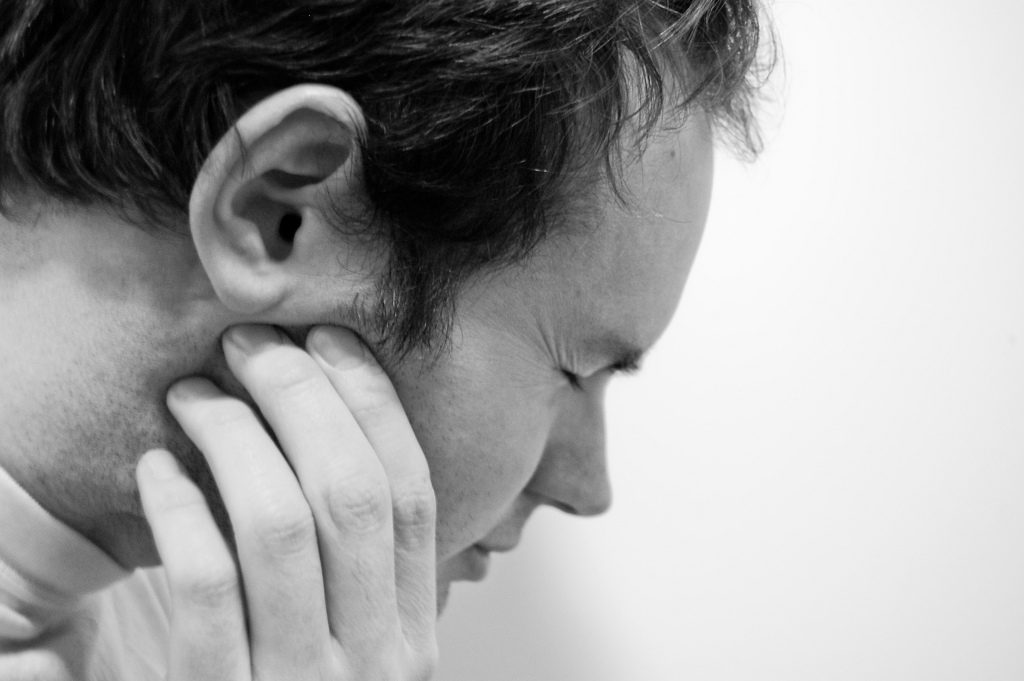
You have spent thousands of dollars to straighten your son’s or daughter’s teeth with an orthodontist, and then a year or two down the road when you ask them where their retainers are, they answer, “I don’t know.” Sound familiar? Long-term compliance use of retainers is an issue. Here is the latest research and my thoughts on keeping your kid’s teeth straight.
Studies show and should not be surprising that the average patient compliance decreases dramatically the longer a patient is out of treatment, and is abysmal at five years following treatment.
There are basically three methods used to retain teeth after braces: a clear, vacuum-formed retainer… (Read More)





